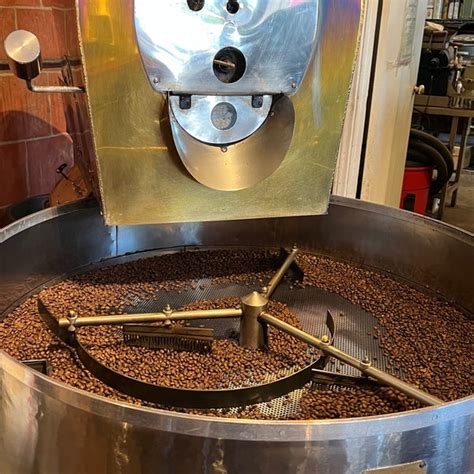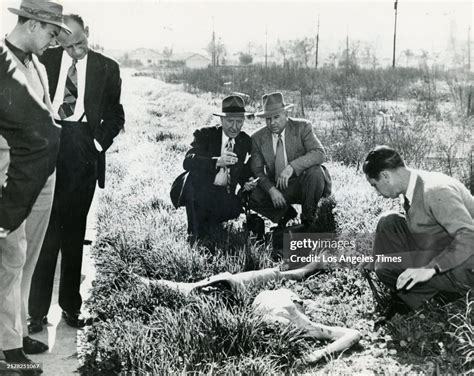The vibrant culture of Spain is perhaps best embodied in its numerous festivals, each a kaleidoscope of music, food, and sheer joy. The term “festival” in Spanish is simply “festival,” but the experience is anything but simple. It’s a sensory overload in the best possible way, with every festival offering a unique blend of traditional music, delectable local cuisine, and an unmistakable sense of community.
Spanish festivals are not just celebrations; they are deeply rooted in the country’s history, religion, and folklore. Each region boasts its own set of festivals, reflecting the diverse heritage of Spain. From the flamenco-filled nights of Andalusia to the colorful Tomatina festival in Buñol, Valencia, where participants engage in a friendly tomato-throwing battle, every festival is a testament to the Spanish spirit of joy and communal celebration.
The Essence of Spanish Festivals
At the heart of any Spanish festival lies music and food. The sound of castanets, guitars, and passionate flamenco singing fills the air, drawing people to the dance. Flamenco, with its intense passion and energy, is a staple of many festivals, especially in the southern regions. However, music in Spanish festivals is not limited to flamenco; each region has its own traditional music, reflecting the local culture and history.
Food, equally, plays a central role. Spanish cuisine is renowned for its richness and variety, with dishes such as paella, tortilla española, gazpacho, and tapas being favorites during festivals. The aroma of freshly cooked food wafts through the streets, enticing everyone to indulge in the local delicacies. Wine and local beverages are also an integral part of the festival experience, with many regions offering their unique vineyards’ products.
A Year of Festivals
One of the most famous and spectacular festivals in Spain is the Tomatina, mentioned earlier. It’s a one-day festival where the streets of Buñol turn into a red, juicy mess as people throw tons of tomatoes at each other. This bizarre yet incredibly fun festival attracts tourists from all over the world and is a prime example of the unique nature of Spanish celebrations.
Another iconic festival is the Las Fallas in Valencia, which takes place in March. This festival is a dazzling display of fireworks, music, and the creation and burning of giant puppets and sculptures, known as “fallas.” It’s a celebration of art, craftsmanship, and the arrival of spring, culminating in a massive bonfire on the last night.
The Feria de Abril in Seville is another highlight of the Spanish festival calendar. Taking place in April, it’s a week-long fair that includes flamenco music, traditional dancing, and delicious food. People dress up in their finest flamenco outfits, and the atmosphere is electric with joy and music.
Experiencing a Spanish Festival
For those looking to experience a Spanish festival firsthand, there are a few tips to keep in mind. Firstly, planning is key. Festivals are incredibly popular, so booking accommodations and planning outfits (many festivals have traditional or themed dress codes) well in advance is advisable. Secondly, be prepared for crowds and noise; Spanish festivals are vibrant and crowded, but this is all part of their charm.
Engaging with the locals is also a great way to enhance the festival experience. Spaniards are known for their hospitality, and festivals offer a unique opportunity to mingle and learn about the local culture. Trying the local food and drinks is a must; each festival has its specialty, and sampling these is part of the fun.
Conclusion
Spanish festivals are a wonder to behold, a perfect blend of culture, music, food, and community. They offer a glimpse into the country’s rich heritage and its people’s love for celebration and life. Whether you’re drawn to the music, the food, or the sheer spectacle, Spanish festivals have something for everyone. So, if you ever find yourself in Spain during festival season, don’t hesitate to join in. The experience will be unforgettable, a true reflection of the warmth and vitality of Spanish culture.
What is the most famous festival in Spain?
+The most famous festival in Spain can vary depending on personal preferences, but one of the most internationally recognized is the Tomatina festival in Buñol, Valencia. It’s known for its unique tradition of throwing tomatoes.
What kind of music is typically played at Spanish festivals?
+Flamenco is one of the most traditional and popular types of music played at Spanish festivals, especially in the southern regions like Andalusia. However, each region in Spain has its own traditional music, reflecting the local culture and history.
What should I expect when attending a Spanish festival for the first time?
+When attending a Spanish festival for the first time, you can expect vibrant colors, loud music, delicious food, and a lot of joy and laughter. Festivals are crowded, so be prepared for that. It’s also a good idea to learn a few basic Spanish phrases to interact with the locals and enhance your experience.
How can I participate in a Spanish festival?
+To participate in a Spanish festival, consider dressing in the traditional or themed clothing associated with the festival. Engage with the locals, try the local food and drinks, and join in the dancing and music. Many festivals also offer workshops or classes where you can learn traditional dances or crafts.
What is the significance of food in Spanish festivals?
+Food plays a central role in Spanish festivals, with each region showcasing its local cuisine. Traditional dishes like paella, tortilla española, and a variety of tapas are often served. The food is not only delicious but also holds cultural significance, bringing people together and representing the community’s heritage and identity.



